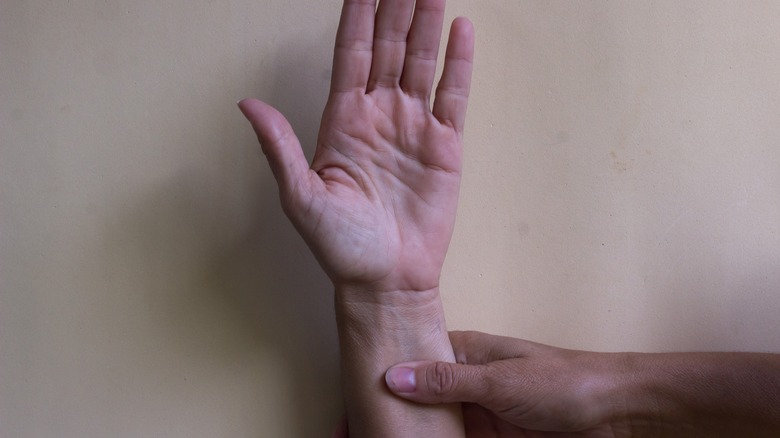Travel Guides Road Trips
Lauren Richards
You have a couple hours left on the drive, and so far, you’re convinced that road trips are the perfect way to travel. The playlist you curated specifically for this trip is blasting and everyone in the car seems to enjoy it. It’s been a smooth ride so far, bathroom stops have been minimal, snacks have been plentiful, the sun is shining but it’s not too hot, and there’s been no conflict whatsoever. The trip has been a dream; that is until you feel a gentle wave of nausea. Soon, your stomach is churning and you have no choice but to admit defeat. You’re carsick.
Many of us experience motion sickness. For some, it’s induced by particular actions like looking down or reading, for others, it doesn’t take much except for the motion itself to stir the nausea. Regardless, it’s frustrating and can taint the otherwise happy memories from the journey. Luckily, there are steps you can take to prevent the emergency car sickness, and if it’s too late, there’s a particularly easy trick that can help relieve it.
Why you’re car sick and how to find relief

Prostock-studio/Shutterstock
Motion sickness starts when your brain and inner ear aren’t able to register what your other senses are experiencing. So that means, if you’re in a car, you’re witnessing movement as you speed by things, but your inner ear balance is thrown off since it’s not sensing that movement in the same way your eyes are processing it. This discrepancy results in the nausea and other unpleasant feelings associated with motion sickness.
One quick and easy trick that just may relieve your car sickness is to simply move your head from side to side. If that motion feels like too much, that’s okay, you can simply tilt your head in the direction the car is curving. Aligning your sight with the direction you’re going and looking towards the horizon, and ideally focusing on an unmoving object, can help create some form of balance with your outer senses and inner ear.
If you’re able to, try driving, this tends to help ease car sickness. If you can’t, sitting in the front seat is your next best option. If you’re with a party that’s unwilling to budge, you can still apply these tips while sitting in the backseat.
Additional remedies

Tatiane Silva/Shutterstock
In addition to being mindful of movement and direction, you can try increasing airflow in the vehicle. Roll the windows down or angle the vents so that the AC is blowing directly onto you.
Next, you can try acupressure. First hold one hand out (it doesn’t matter which you start with) with all of your fingers extended. Use your other hand to measure where the Neiguan point (which many believe can offer relief) is. You do this by placing three fingers across your wrist, beginning where your left wrist bends. The point at the bottom of your right three fingers is where the Neiguan point is. You move your other fingers and keep your thumb on the point. Begin to apply pressure to that point and rub in a circle for up to three minutes. Then you can switch hands.
Additionally, you can try sipping on some cold water, or munching on some crackers to help with the nausea. If these steps aren’t offering any relief, you can try taking antihistamines like Dramamine.

